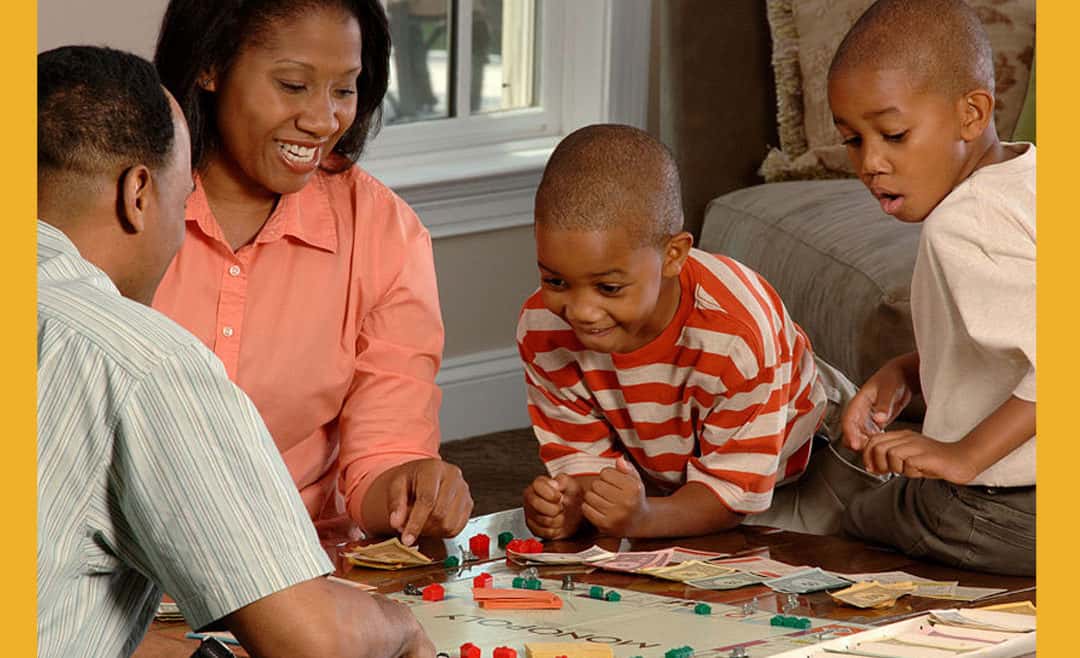Social and emotional competence is a fancy term for a person’s ability to interact with others and regulate their own emotions in a healthy way. These skills are not a given for any child – they must be learned over time, and parents/caregivers are the main people that children learn social and emotional competence from.
Children start experiencing complex emotions from infancy, but without language skills, their best option is often crying for attention. As children get older and gain the ability to speak, they don’t always have the words they need to express themselves in the moment, and big feelings can lead to big reactions like tantrums, hitting, or refusing to speak. All of these behaviors are a normal part of growing up. It’s our job as caretakers to try to understand what our children’s emotional needs are and to help them express those needs in healthy ways. Here are three ways to go about that:
1. Acknowledging your child’s feelings.
One of the most powerful tools a parent has for diffusing their child’s stress, anger, and frustration is acknowledging it. Rather than trying to yell over a tantrum or going straight to time out, take a knee so that you’re down at your child’s level, and tell them what you think they’re feeling and why. For example, “Are you upset that I turned off the show?” or “You’re frustrated because I was on the phone, is that right?” This simple act of showing your child that you understand why they’re upset can bring immediate relief, because having your feelings acknowledged and validated – as an adult or a child – is a very powerful thing. This acknowledgment also helps calm everyone down and allows you to then explain your own actions in turn.
2. Being mindful of your own emotions.
Children watch their caregivers closely. If we yell when we’re upset, they see that and they learn that behavior. If we spank them (a big no-no), they learn that hitting is an appropriate form of punishment. This isn’t to say that you can never get upset in front of your children or at your children – we guarantee that even the most patient parents break from time to time. Rather, when you do get upset, take deep breaths, say out loud what you’re feeling, and decide what you’re going to do to calm yourself down. Let your children see your emotions, including sadness and frustration (in moderation), and show them how you deal with those feelings in a healthy way so that they can learn from your example.
3. Talking about feelings.
As your child gets older, you’ll find more and more opportunities to talk about feelings. For example, pretend play is a great time to build empathy. Your child might say her doll is sad, and you can then comfort the doll and ask what will make her feel better. If your child tells you that someone got mad at school, you can ask what happened and how your child felt about it. When you watch a movie or read a book with a sad scene, a scary scene, a happy scene – whatever it is – you can identify those emotions with your child and talk about how the story made you feel.
Here’s an excellent resource with more helpful information about social and emotional development and your role in helping your child express their feelings.





